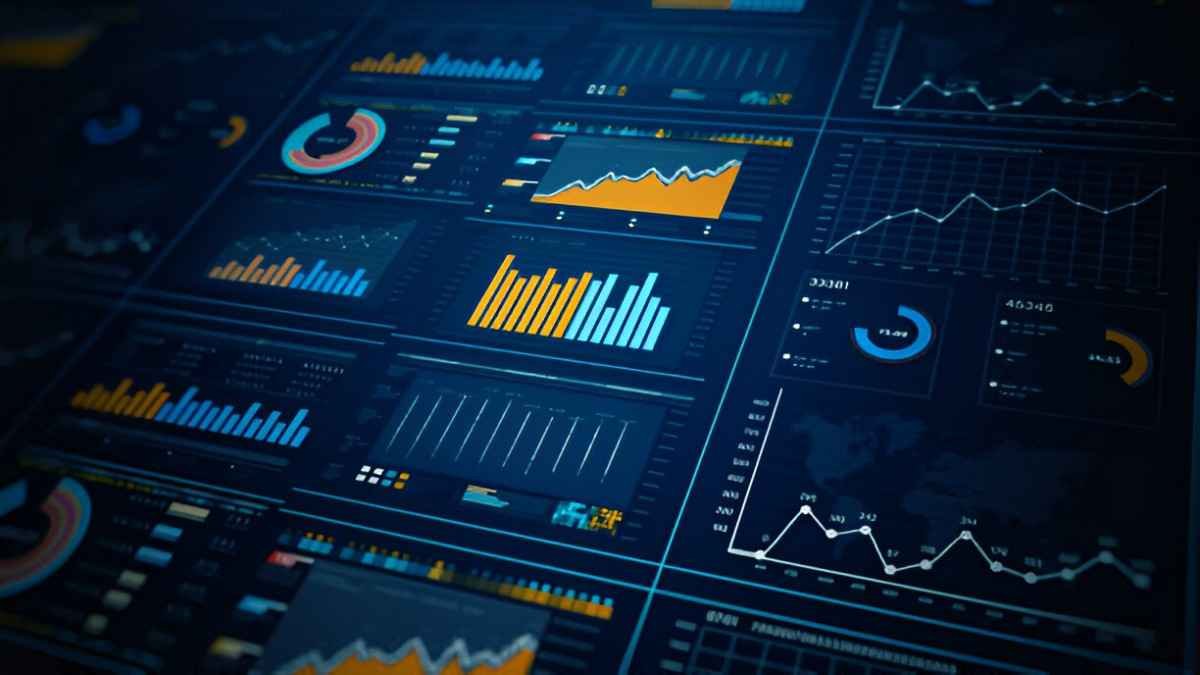As someone deeply immersed in the finance and accounting fields, I often find myself exploring the technical underpinnings of data storage systems. Understanding how data is stored, accessed, and managed is crucial, especially in an era where financial data drives decision-making. Today, I want to take you on a journey to decode one of the foundational concepts in data storage: sequential access. Whether you’re a student, a professional, or simply curious, this guide will help you grasp the essentials of sequential access, its applications, and its relevance in modern systems.
Table of Contents
What Is Sequential Access?
Sequential access is a method of retrieving data from a storage device in a linear, ordered sequence. Unlike random access, where data can be retrieved directly from any location, sequential access requires reading or writing data in a predetermined order. Think of it like reading a book: you start at page one and move forward page by page. Skipping ahead or jumping to a specific chapter isn’t as straightforward.
This method has been a cornerstone of data storage for decades, particularly in older technologies like magnetic tapes. Even today, sequential access plays a role in modern systems, especially when dealing with large datasets or archival storage.
How Sequential Access Works
To understand sequential access, let’s break it down into its core components.
The Basics of Data Storage
Data storage devices, whether magnetic tapes, hard drives, or solid-state drives, store information in binary form—sequences of 0s and 1s. These bits are grouped into bytes, which are further organized into blocks or sectors. Sequential access relies on the physical arrangement of these blocks.
For example, consider a magnetic tape. Data is written sequentially along the length of the tape. To access a specific piece of data, the tape must be wound or unwound until the desired location is reached. This process is inherently slower than random access, where data can be retrieved directly from any location.
Mathematical Representation
Let’s formalize this concept with a bit of math. Suppose we have a dataset D = {d_1, d_2, d_3, \dots, d_n}, where each d_i represents a data block. In sequential access, the time T to access a specific block d_k depends on its position in the sequence:
T = t \times kHere, t is the time required to move from one block to the next, and k is the position of the desired block. This linear relationship highlights the primary limitation of sequential access: accessing data at the end of a long sequence takes significantly more time than accessing data at the beginning.
Comparison with Random Access
To appreciate sequential access, it’s helpful to compare it with random access. In random access, the time to retrieve any data block is constant, regardless of its position. This is represented as:
T_{\text{random}} = cwhere c is a constant.
The difference between the two methods becomes stark when dealing with large datasets. For instance, if you need to access the 1,000th block in a sequential system, you must traverse all 999 preceding blocks. In a random access system, you can jump directly to the 1,000th block.
Applications of Sequential Access
Despite its limitations, sequential access has several practical applications, particularly in scenarios where data is processed in a linear fashion.
Archival Storage
One of the most common uses of sequential access is in archival storage systems. Magnetic tapes, which rely on sequential access, are still widely used for long-term data preservation. They offer high storage capacity at a low cost, making them ideal for backing up large volumes of data.
For example, financial institutions often use tape storage to archive transaction records. Since these records are rarely accessed, the slower access time is a trade-off worth making for the cost savings.
Streaming Data
Sequential access is also well-suited for streaming data, where information is processed in real-time as it arrives. Consider a stock market data feed: prices and trades are streamed sequentially, and algorithms analyze the data as it flows in.
In this context, sequential access aligns perfectly with the nature of the data. There’s no need to jump around; the system processes each piece of information in the order it arrives.
Batch Processing
Batch processing, a staple of financial systems, often relies on sequential access. For instance, payroll systems process employee data in batches, calculating salaries, deductions, and taxes in a predefined sequence.
Let’s say a company has 1,000 employees. The payroll system reads each employee’s record one after another, performing the necessary calculations. While this might seem inefficient, it simplifies the process and ensures consistency.
Advantages of Sequential Access
Sequential access offers several benefits, particularly in specific use cases.
Cost-Effectiveness
Sequential storage media, such as magnetic tapes, are significantly cheaper than random access devices like SSDs. For organizations that need to store vast amounts of data without frequent access, sequential access provides a cost-effective solution.
Simplicity
Sequential access systems are simpler to design and implement. There’s no need for complex indexing or addressing mechanisms. This simplicity translates to lower maintenance costs and reduced risk of errors.
Efficiency for Linear Data
When data is inherently linear, sequential access can be more efficient. For example, processing a time-series dataset, where each data point depends on the previous one, is naturally suited to sequential access.
Limitations of Sequential Access
While sequential access has its merits, it also comes with notable drawbacks.
Slow Access Times
The most significant limitation is the time required to access data. As the dataset grows, the access time increases linearly. This makes sequential access unsuitable for applications requiring real-time or near-instantaneous data retrieval.
Inflexibility
Sequential access lacks the flexibility of random access. If you need to retrieve a specific piece of data, you must traverse all preceding data, which can be time-consuming and inefficient.
Wear and Tear
In physical storage media like magnetic tapes, frequent rewinding and fast-forwarding can lead to wear and tear. Over time, this can degrade the medium and result in data loss.
Sequential Access in Modern Systems
You might wonder whether sequential access is still relevant in today’s world of high-speed SSDs and cloud storage. The answer is yes, but its role has evolved.
Hybrid Systems
Many modern systems use a hybrid approach, combining sequential and random access. For example, databases often store data sequentially on disk but use indexes to enable random access. This balances the cost-effectiveness of sequential storage with the speed of random access.
Big Data and Analytics
In the realm of big data, sequential access plays a crucial role. Data pipelines often process information sequentially, moving it from one stage to the next. This is particularly true for ETL (Extract, Transform, Load) processes, where data is extracted from sources, transformed, and loaded into a destination system.
Cloud Storage
Cloud storage providers use sequential access for certain types of data. For instance, cold storage tiers, designed for infrequently accessed data, often rely on sequential access mechanisms to reduce costs.
Practical Example: Calculating Access Time
Let’s put theory into practice with a simple example. Suppose we have a magnetic tape storing 10,000 data blocks. Each block takes 0.1 milliseconds (t = 0.1 \text{ ms}) to access sequentially.
If we need to access the 5,000th block, the access time T would be:
T = t \times k = 0.1 \text{ ms} \times 5000 = 500 \text{ ms}That’s half a second to access a single block. Now, imagine needing to access multiple blocks scattered across the tape. The time adds up quickly, highlighting the inefficiency of sequential access for such tasks.
Conclusion
Sequential access, while seemingly outdated, remains a vital concept in data storage. Its simplicity, cost-effectiveness, and suitability for specific applications ensure its continued relevance. However, its limitations, particularly in terms of access speed, make it less ideal for modern, high-performance systems.





